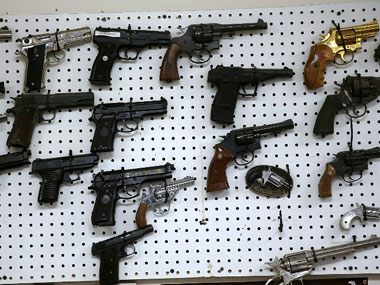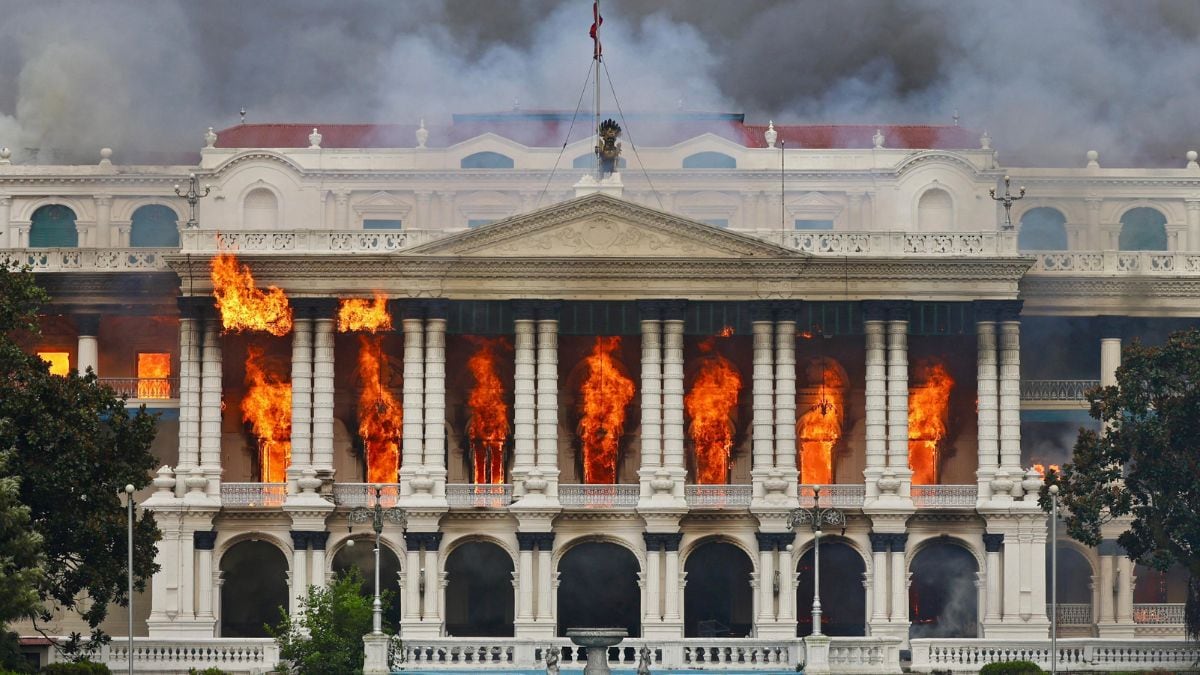According to an article on NPR, the latest shooting which is being dubbed as one of the “worst”, “deadliest” of mass shootings in this year, is also the 355th shooting this year. How many days in a year, you might ask? 365. The San Bernardino shooting , according to the website has been the deadliest since the 2012 massacre at Sandy Hook Elementary School in Connecticut. The 2012 mass shooting had claimed the lives of 20 students and six adults. The New York Times took cognisance of this troubling fact and shed light on how mass shootings occurred in the US this year. According to the article, there were 209 shootings out of the 336 days in this year that injured or killed four or more people. And so far, 462 people have died, 1,314 have been wounded. A large number of these incidences occurred in public settings, the report concludes. [caption id=“attachment_1432153” align=“alignleft” width=“380”]  Representational image. AFP.[/caption] Take a look at this powerful graphic of the number of people, wounded and dead from mass shootings in the US this year done by The Guardian. While it has been of fierce debate in the Senate discussions and the entire country too has polarising views on gun regulations. Many claim that there is no need to get alarmed because the overall trajectory of mass shootings in the US shows a steady number since 1999 with an increase of one or two incidences. This however also indicates that gun violence has been a persistent problem that has not been addressed for over a decade. As a student of sociology and anthropology, the phenomenon of mass shootings was widely discussed among my peers. Colleagues in my cohort had strong opinions about gun laws in the US. While a few staunchly defended the rights granted by the state, many others believed in state intervention and regulation because easy access to deadly weapons was simply unacceptable. However academic discourse has largely been unavailable to the public and unfortunately, the language is often complicated and to put off even a curious non-academic person. But since news is how non-academics form opinions and try to understand the world, it is imperative that media organisations take better stock of what they report and how they report the news. In the recent climate of antipathy towards the Muslim community worldwide and growing concern with terrorism, the language matters, The New York Post carried, “Muslim Killers” to report the San Bernardino shooting and the Washington Post carried, “God isn’t fixing this”. Both headlines are problematic because these words shroud the real problem at hand which is gun violence and the easy access that citizens have with weapons. Instead, The Washington Post mourns the deaths and questions the entire Republican agenda as rife with excessive religiosity and that the party is entirely oblivious to the gun violence at hand. The New York Post points clear fingers at an entire community and this headline is reflective of the entire West’s phobia towards Islam and their obvious ‘un-understanding’ of it, branding the entire community as terrorists. So when the conversation is about guns and their presence in people’s hands, why is the media obsessed with spinning the story to pander to a popular opinion or mindset? While it is important to allow multiple thoughts to exist, it is necessary to filter truth from a general feeling.
With the recent mass shooting in the US, the media obsessed with spinning the story to pander to a popular opinion or mindset
Advertisement
End of Article
Written by Vishnupriya Bhandaram
Cultural anthropologist with a terrific nose for news. Obscure music hound. Rarely bored — always scrolling, always reading. see more


)

)
)
)
)
)
)
)
)



